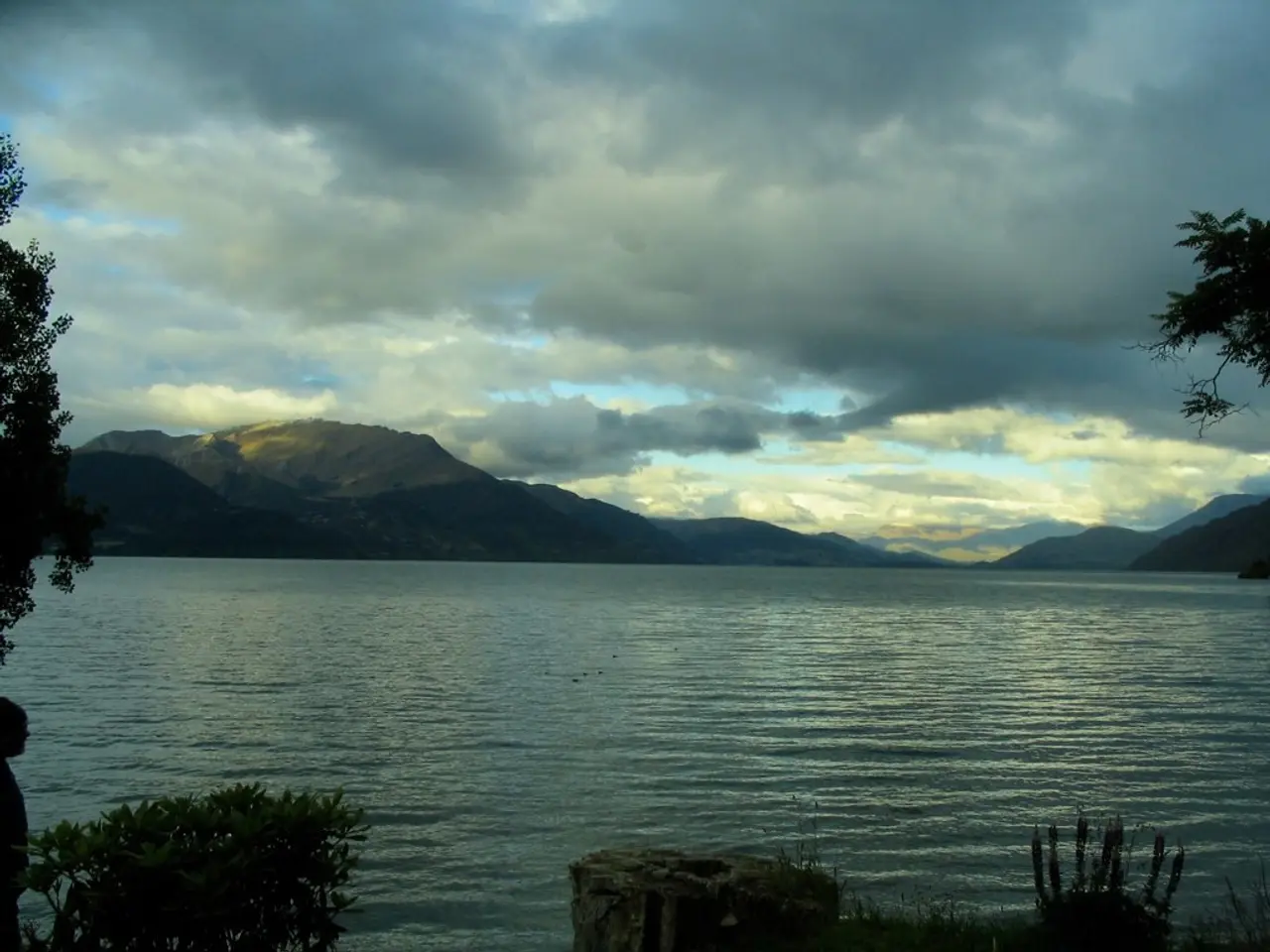Water use negotiations for the Colorado River precariously hang in the balance
Tensions Rise in Colorado River Basin Negotiations
The Colorado River Basin is facing a critical juncture as negotiations over the operations of the river, which provides water to 40 million people, are encountering challenges due to disagreements about future water development.
In a recent meeting, the Colorado River Commission discussed ongoing conservation efforts and the state of the negotiations. The current agreements and the operating plan are set to expire next year, and a new long-term operating plan must be in place by October 1, 2026.
The Lower Basin states are demanding reductions to Upper Basin supplies, which could require Wyoming to give up more than 30% of its developed water, including rolling back current use. Arizona, however, does not assert that the Upper Basin must stop growing, but argues that the Upper Basin should not increase its overall water demand while also demanding deep reductions in the Lower Basin.
The Upper Basin, composed of Wyoming, Colorado, Utah, and New Mexico, is struggling to reach a deal in negotiations for a new long-term operating plan. The main focus of the negotiations is how much the Upper Basin must forgo to find parity with the Lower Basin.
Historically, the Upper Basin has used less than its full allocation, while the Lower Basin has tapped its full share. Doug MacEachern, a spokesperson for the Arizona Department of Water Resources, stated that there is enormous room for efficiency improvement in the Upper Basin.
Wyoming, on the other hand, consumed only an average of 421,000 acre-feet between 2016 and 2020, according to the Bureau of Reclamation. Under the Colorado Compact, Wyoming is allocated 14% of the Upper Basin's supply of the Colorado River, or a little over 1 million acre-feet per year.
More than two decades of persistent drought have shrunk the available water by as much as 20 percent. This has complicated the negotiations, as the Lower Basin states argue that suggesting new development in the Upper Basin while the system is in crisis is tone deaf.
The Upper and Lower Basins appeared to coalesce around the idea of a supply-driven proposal, or "natural flow" plan, but debate over how much water each region would receive has complicated that effort. Colorado River Commissioner Becky Mitchell argued that the Upper Basin already takes significant cuts, averaging about 1.3 million acre feet annually from decreased precipitation or snowpack as drought conditions have lingered in the West.
The Lower Basin states have demanded that the Upper Basin states refrain from future water developments, leading to legal and political negotiations over Colorado River water rights. Wyoming State Engineer Brandon Gebhardt calls for cooperative, science-based federal involvement and a balanced approach to managing water resources.
JB Hamby, chair of the Colorado River Board of California, defended the approach of the Lower Basin states, stating that it is necessary to ensure a sustainable future for the Colorado River and its users. The negotiations are ongoing, and a resolution is needed to ensure the continued supply of water to the millions of people who depend on the Colorado River.
Read also:
- Federal petition from CEI seeking federal intervention against state climate disclosure laws, alleging these laws negatively impact interstate commerce and surpass constitutional boundaries.
- President von der Leyen's address at the Fourth Renewable Hydrogen Summit, delivered remotely
- Unveiling Innovation in Propulsion: A Deep Dive into the Advantages and Obstacles of Magnetic Engines
- Intensified farm machinery emissions posing challenges to China's net-zero targets








